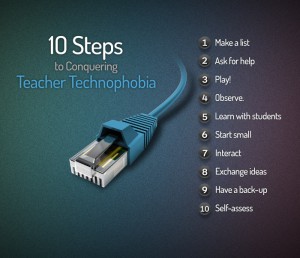Despite popular opinion, note-taking has not disappeared, it has been revolutionized. For some, note-taking is an outdated concept, but its significance in learning is relentless. So why is it so important?
“Researchers found that if important information was contained in notes, it had a 34 percent chance of being remembered. Information not found in notes had only a five percent chance of being remembered” (Howe, 1970, in Longman and Atkinson, 1999).
7 Key Benefits of Effective Note-taking
It has been proven that effective note-taking enhances academic success, but does it do more?
- 1. Improves focus and attention to detail. Developing note-taking skills engages a student, requiring them to focus and increase their attention to detail, and as we all know, the devil is in the detail!
- 2. Promotes active learning. By taking effective notes, students are actively involved in the learning process thus giving it a purpose and increasing productivity.
- 3. Boosts comprehension and retention. A proven method of increasing memory retention, note-taking can also increase comprehension by breaking down the content for a student to consume easily.
- 4. Teaches prioritizing skills. Often overlooked in its importance, it is essential for a student to be able to select important material and discard unnecessary content. This further adds to their organizational and creativity skills.
- 5. Extends attention span. Proven to extend a student’s attention span, a necessary tool in any learning situation!
- 6. Improves organization skills. By prioritizing content and organizing effectively, a student develops key organization strengths. As teachers are well aware, organization is key!
- 7. Increases creativity. Equipped with the ability to organize their ideas effectively, focus on a particular subject and expand on ideas through knowledge retention, students can use their own initiative increasing creativity and innovation.
The Evolution of Note-taking
Notes have since moved from the page to the screen. Thanks to e-portfolios and e-notes, note-taking has become even more significant, and almost a necessity for students and educators alike. Today, e-portfolios are used as online learning records, building a learning management system and allowing students to engage in effective self-assessment, while simultaneously allowing educators to track and record progress easily. The introduction of e-notes has made it easier to manage and share your notes, as well as making them more accessible.

The Next Generation Note-taking: Fishtree E-notes
As part of Fishtree’s next generation learning platform, students and teachers alike have the ability to expand on lessons by indulging in the e-notes feature. Here, students can take information from the lesson and create their own notes that will become available to them each time they log in. Students then have the option to share these notes with their classmates to allow cooperative and collaborative learning (especially useful for project-based learning). Similarly, teachers can use the e-notes feature to create student e-portfolios to track progress and conduct assessments effectively and easily.
So now that we have established its importance, why not try out the next generation of note-taking for yourself?
About the author:
Lorna Keane is a teacher of French, English and ESL. She specializes in language teaching and has taught in second and third-level institutions in several countries. She holds a B.A in languages and cultural studies and an M.A in French literature, theory and visual culture. Subscribe to her blog or follow her on Twitter.
//
P.S. Whether working with students in the classroom, or students in flipped and blended learning environments, at home, in schools, or on mobile devices, Fishtree provides the tools 21st century teachers and students need to improve outcomes. Whatever your role in education, Fishtree is ready to support your success!
